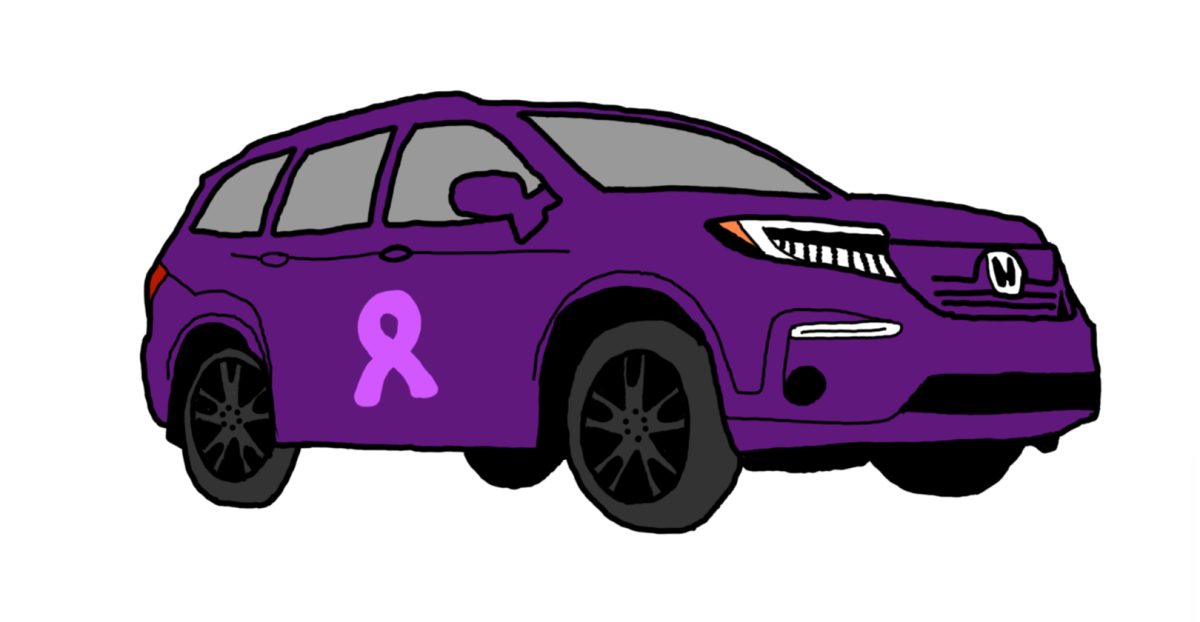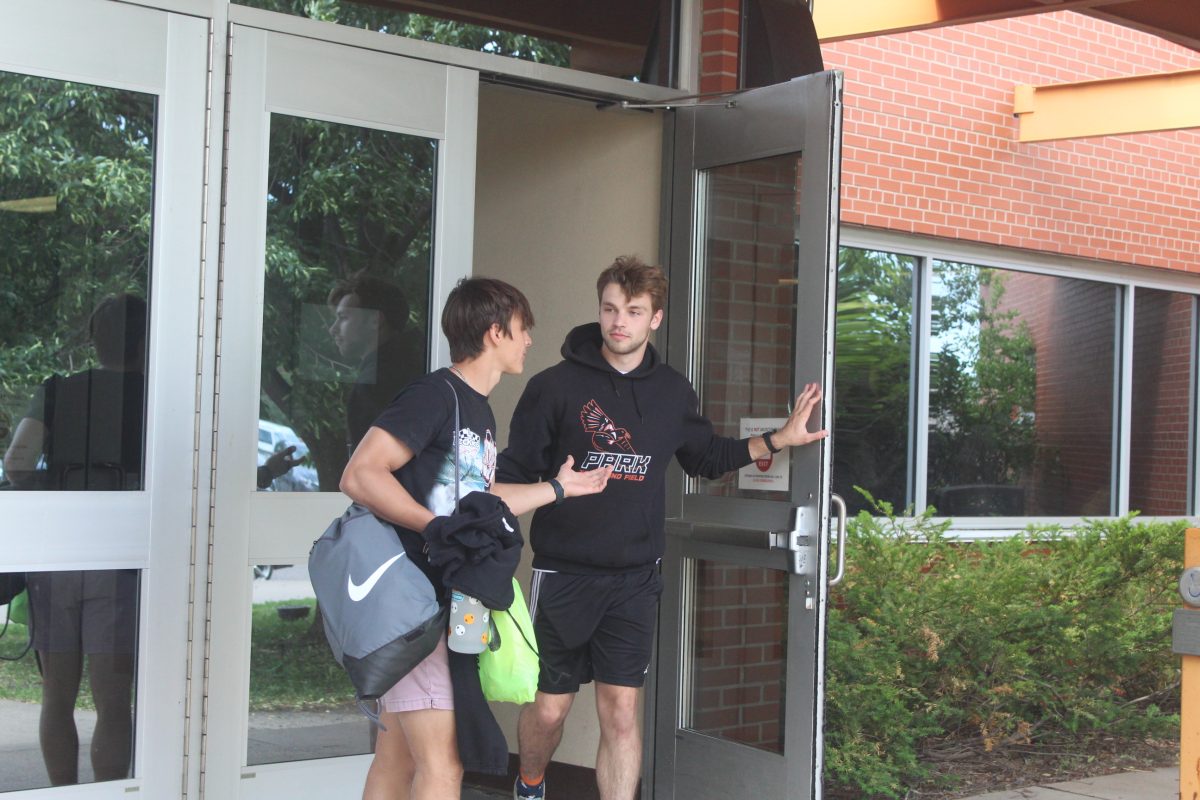In fifth grade, my parents started noticing that every once in a while during conversation I would blank out and disengage. That year I was diagnosed with a somewhat rare and temporary form of epilepsy resulting in petit mal (absence) seizures. Absence seizures are more frequent in children than in adults. Although many children tend to outgrow them, some may experience other types of seizures. During an absence seizure, an individual may seem to gaze into space for a few moments.
Epilepsy has presented many bumps in the road throughout my academic journey. Going into middle school as well as high school, I had to meet with my GLC and school nurse to set up a 504 plan. 504 plans are designed to help students collaborate with educators to develop personalized educational plans for themselves. Plans can be set up for various reasons, one being petit mal seizures. I had a 504 plan set up to get extra time on work just in case I had a seizure in class and possibly missed something. I received a permanent pass to allow me to go to the nurse’s office whenever I felt like I was going to have a seizure or if I did.
But by far the biggest challenge that comes with epilepsy is achieving your driver’s license. Any time you have a seizure, you aren’t able to drive for the next three months. Whether it’s a grand or petit mal seizure, it’s a strict rule that you have to follow. Every seizure can be triggered by many different things depending on the individual, but one thing that everyone with epilepsy has in common is that their seizures can all be triggered by lack of sleep. One sleepless night eating away at homework or studying can lead to someone not showing up to school the next day or being not only drowsy and tired, but prone to a seizure.
Due to the abruptness of the pandemic, I was pretty late to the driver’s ed stuff, finally taking class near the beginning of sophomore year and getting my permit a few weeks after finishing the class. I started learning how to drive by the end of my sophomore year and eventually was able to schedule my first experience behind the wheel. Unfortunately, it was difficult scheduling the next two. It wasn’t until early March when I was finally able to be finished with all of that.
It’s weird and sometimes annoying not having my license as a senior in high school, but at the end of the day it’s not my fault. My seizures were something that developed when I was a kid, and unfortunately I have yet to grow out of them. Sometimes I don’t know if I ever will. However, I do know that I got the lucky end of the draw. I have met people in high school with other forms of epilepsy, and they have to deal with the lethal and very real effects of grand mal seizures, which is something that I luckily have never had to deal with.
One thing I am grateful for, however, is the people who have felt comfortable enough to talk to me about their own experiences. I have been able to help friends of mine figure out what steps they should take in their own journey with epilepsy and have been able to be for them when they have to deal with bumps in the road.
With all of the annoyances and struggles that come with epilepsy, I think I’ve managed to find the good in it as well. I have made connections with other people who have to deal with it and have managed to grow certain friendships. With not being able to drive, I have still managed to build relationships with people who drive me around and am grateful for that. After all the time struggling to get my license and schedule behind the wheel, I have finally been signed off by my neurologist to get my license. It’s weird talking about my experience in a news article, but I hope some people can come to understand that I’m not the only person who goes through this, and I’m glad to finally give it some recognition.










